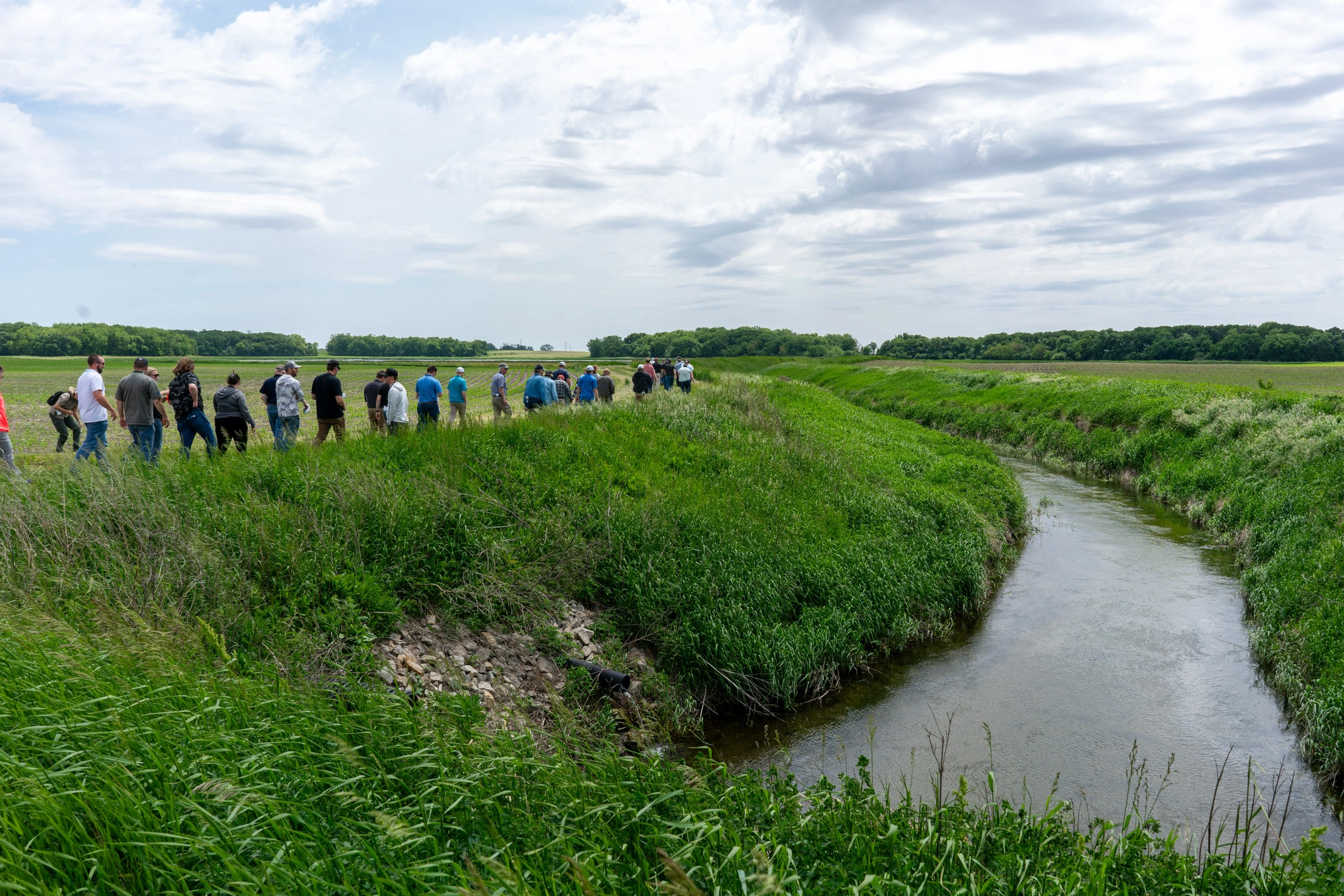Electrical Safety Month: ISG's Jason Wijas discusses the OSHA Act
In 1970, the Occupational Safety and Health Administration (OSHA) Act was created for the private and public sector to make workplaces safer by providing training and enforcing standards. These OSHA standards are enforced through inspections and fines, and can be triggered by severe injuries or deaths, referrals, worker complaints, high-hazard industries, or a follow-up from a previous violation. Fines for serious violations can reach up to $13,494, with an additional $13,494 per day if not taken care of by the date set at the initial inspection. Willful or repeated violations can reach $134,937 per violation and could also include jail time.
The top electrical violations over the past years include:
- Lockout/tagout
- Machine guarding (includes guards from electrical hazards)
- Personal protection and lifesavings equipment
- Electrical wiring method
- Electrical clearance around equipment
- Improper equipment for space
- Fall protection
- Hazard communication
- Ladders
- Powered industrial trucks
- Means of egress
ISG is well-versed in the OSHA Act and can help identify and provide recommendations for all potential violations by performing electrical, mechanical, structural, and architectural safety studies. The firm’s electrical engineer that performs the safety study for clients is familiar with the codes and provides a report on the systems that includes recommendations to fix any violations, one-lines, and arc flash labels for equipment.
Related Articles

.webp)
ISG Recognized as a 2025–26 Emerging Professional Friendly Firm for the Fourth Consecutive Cycle
ISG has been honored as a 2025–26 Emerging Professional Friendly Firm by AIA chapters in North Dakota, South Dakota, Wisconsin, and Minnesota in recognition of its commitment to fair compensation, licensure support, mentorship, and growth for early-career architects.












